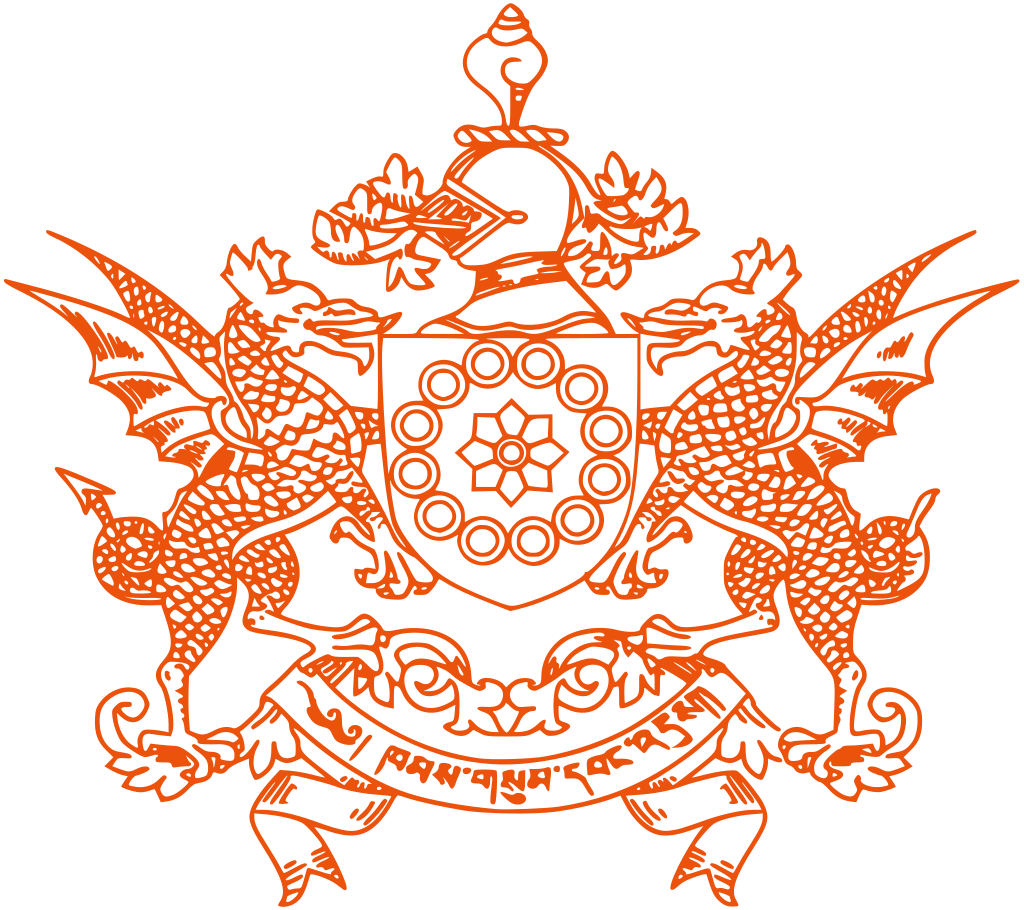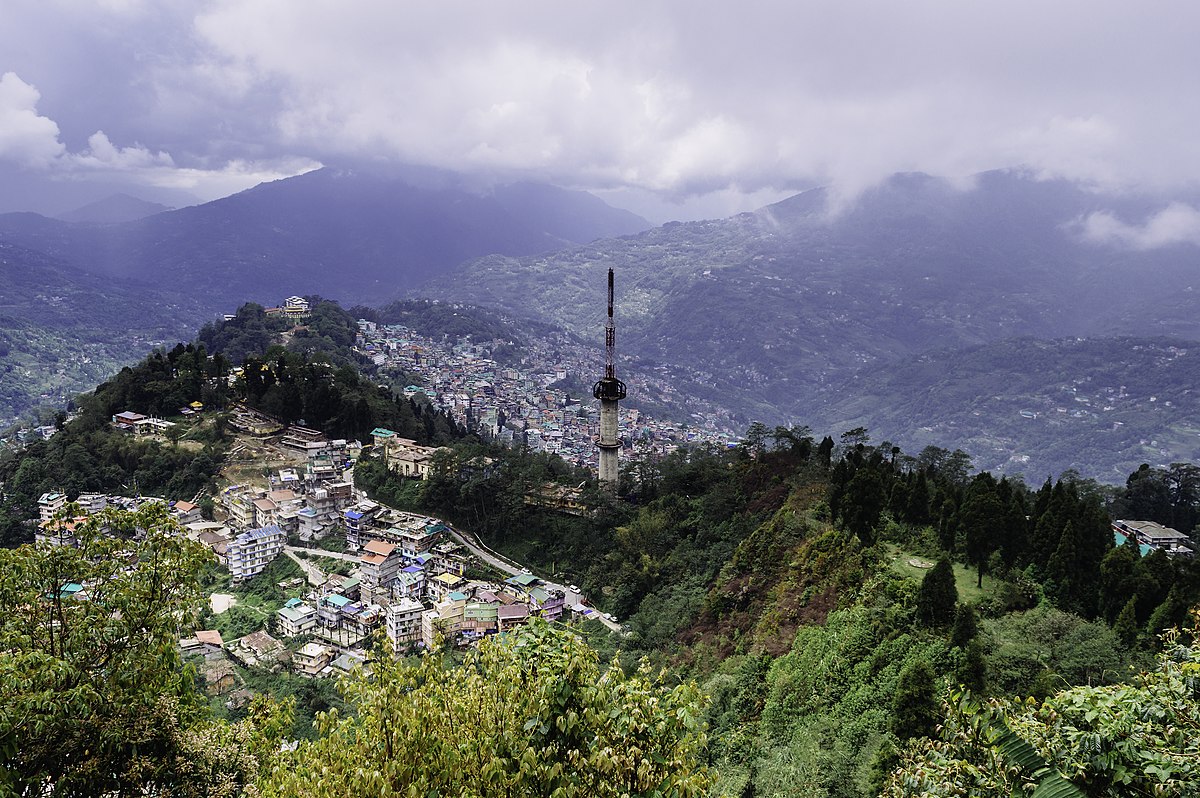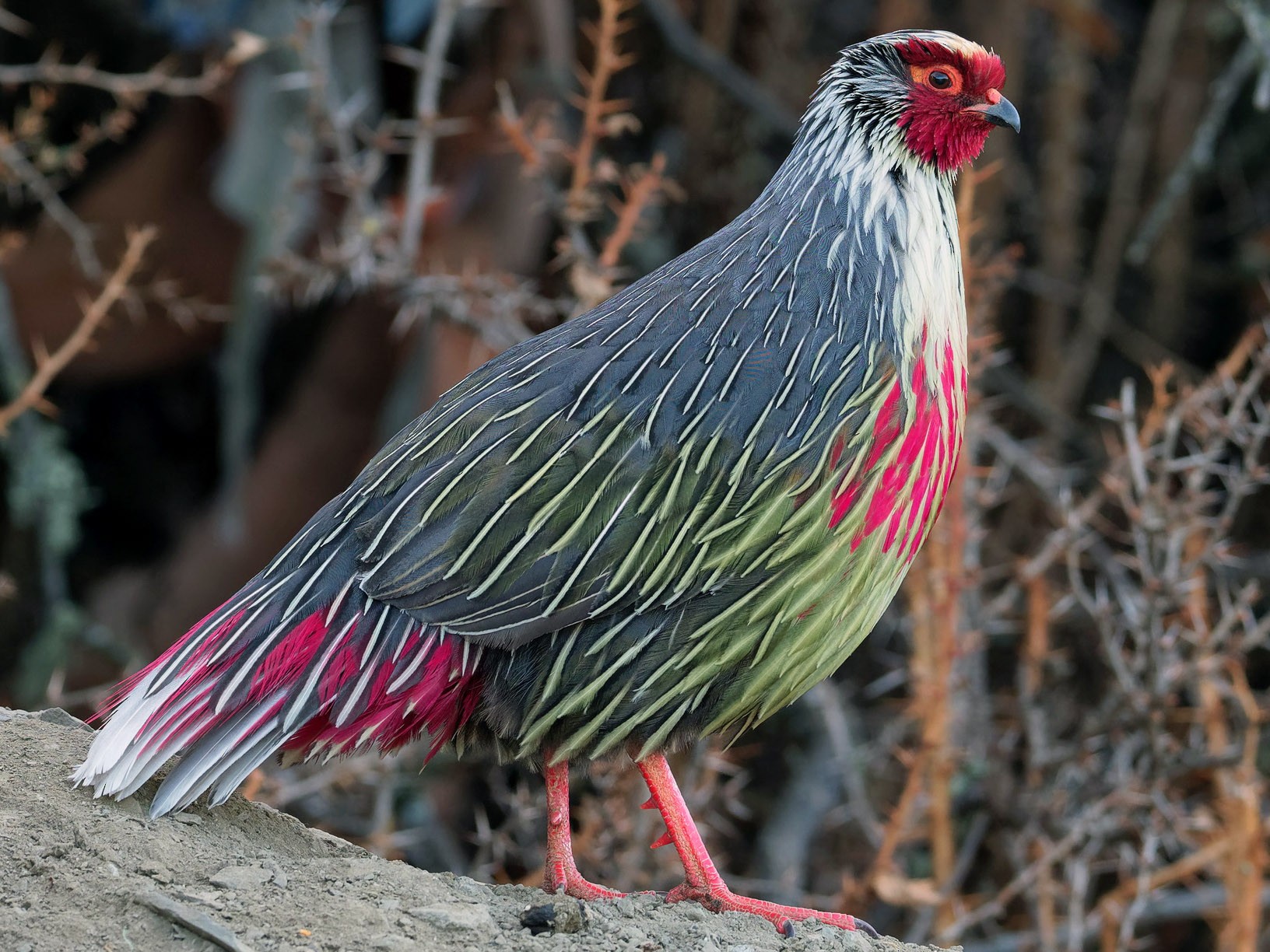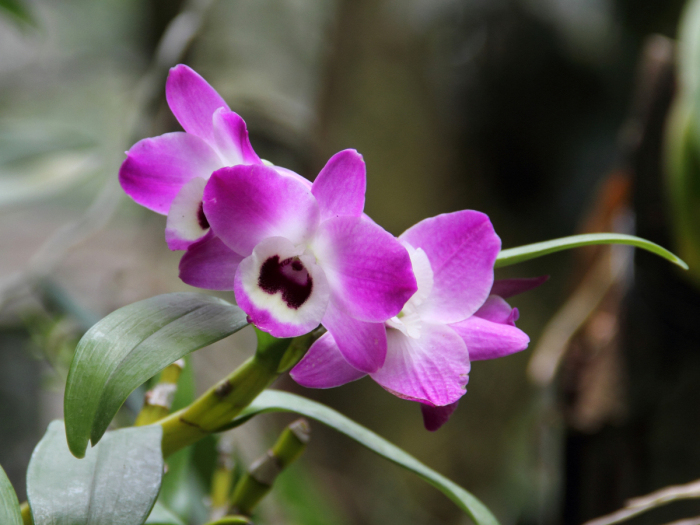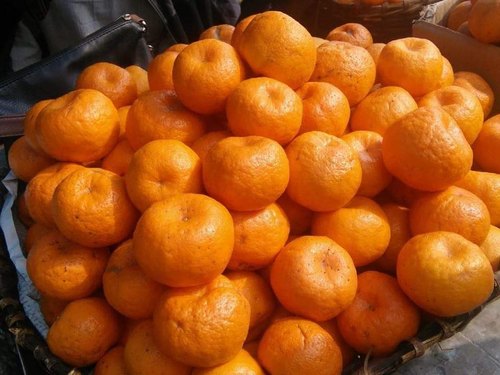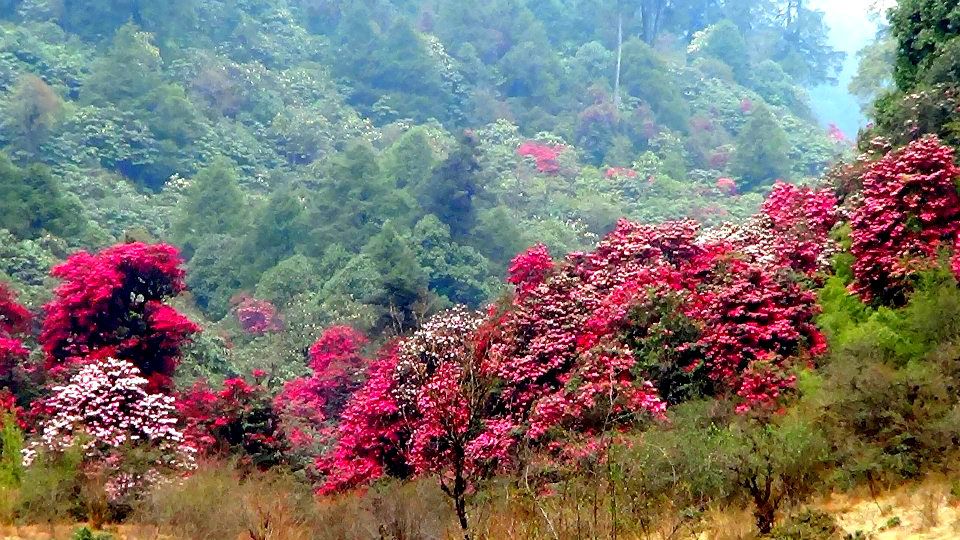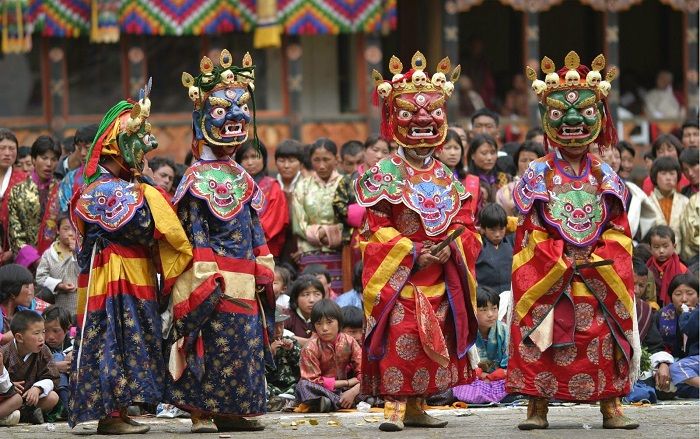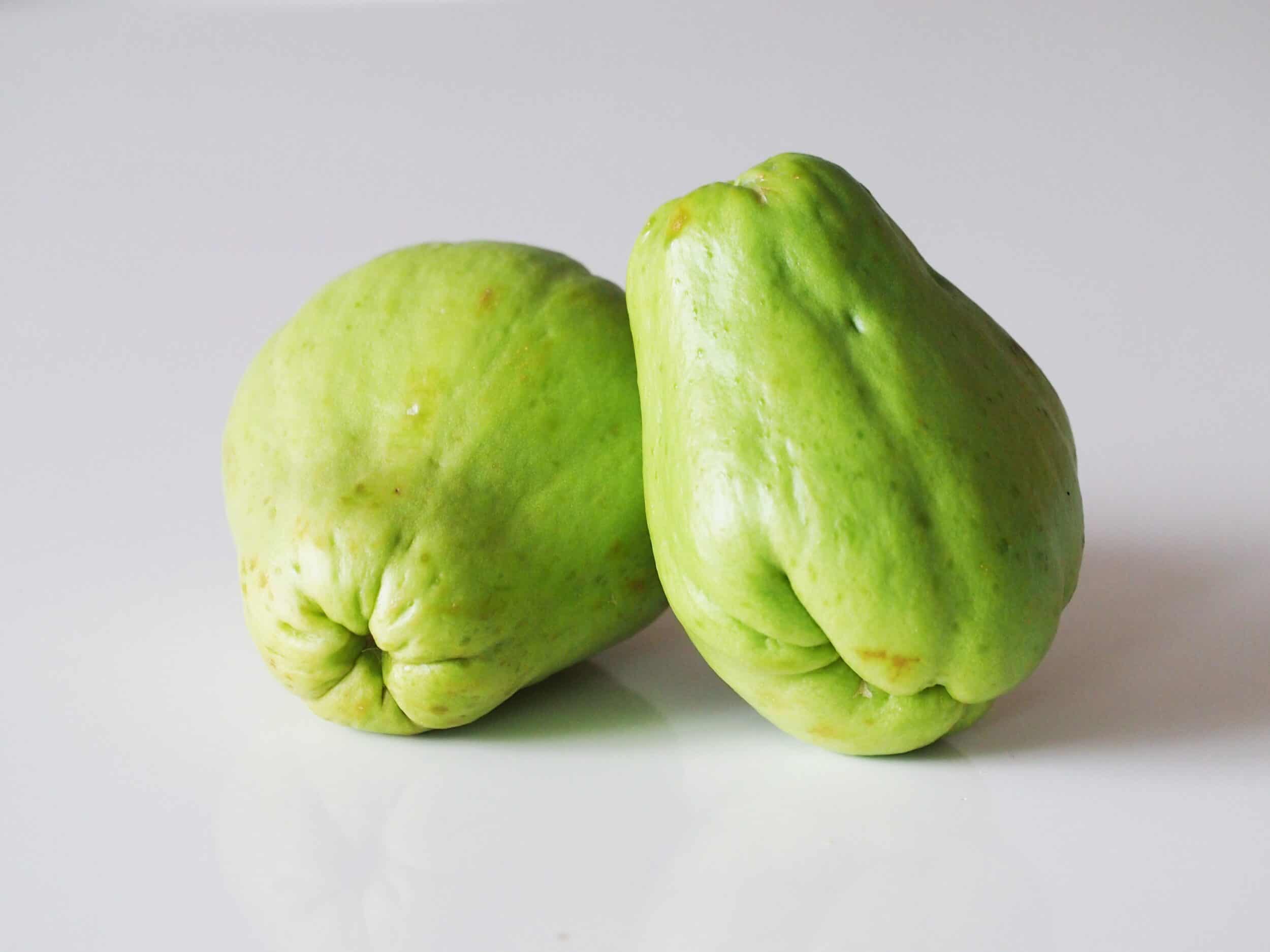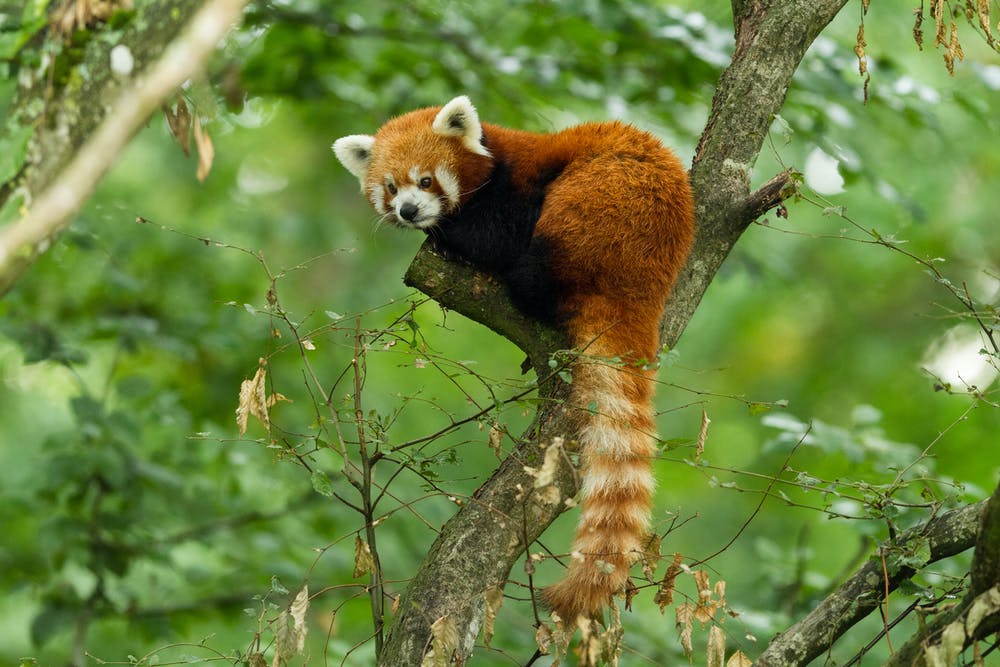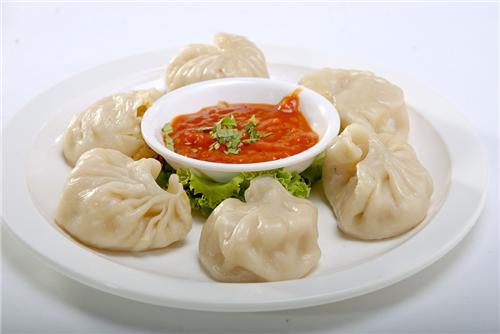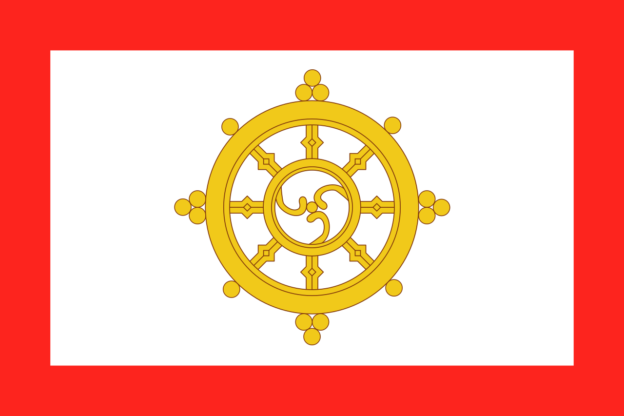State Symbols of Sikkim
Last updated on January 22nd, 2023 by Editorial Staff
By | Updated on January 22, 2023
Reviewed by Rittika
Sikkim is a small, picturesque hill city nestled in the beautiful Himalayas. The state has emerged as the top tourism destination for Indians and tourists due to its beautiful beauty and rich cultural and ethnic variety. Sikkim has everything from scenic tourist destinations like Gangtok, Pelling, Lachung, and Namchi to delectable Sikkimese food and snow-capped mountains. Despite being one of India’s smallest and most unknown states, Sikkim is well-known for its warmth, natural beauty, multicultural diversity, and ethnic food.
Sikkim is a unique blend of various religions, customs, and traditions from various ethnic groups. Sikkim was previously occupied by three tribes: the Naong, Chang, and Mon. However, residents from neighboring nations became a significant part of the state’s population over time. The Lepchas, a tribe of Tibetan Nagas, are one of the tribal groups, as are the Bhutias, descendants of Buddhists from Tibet, and the Nepalese, descendants of Hindus from Nepal, who now make up a significant section of Sikkim’s population.
As a result, Nepali is the most widely spoken language in Sikkim. Since they arrived in Sikkim three centuries ago, the Tibetan Bhutias have maintained strong links to tradition and belief. As a result, the Sikkimese Bhutias and Tibetans coexist together, demonstrating their cultural, social, and linguistic similarities.
History
Prior to the 17th century, little is known about Sikkim’s history. This landlocked state of India has a long and violent history that dates back to 1642 when the kingdom of Sikkim declared independence from its neighbors. The name is formed from the Limbu words “su his”, which means “new house.”
The Lepcha were among the first people to settle in the area, absorbing the Naong, Chang, Mon, and other tribes. Then, in the 14th century, Bhutia arrived in the area from Tibet. Phuntsog Namgyal, the first chogyal (temporal and spiritual king) of Sikkim, was hailed from the Bhutia people when the kingdom of Sikkim was created in 1642. Until 1975, Sikkim was controlled by the Namgyal dynasty.
At the beginning of the mid-18th century, Sikkim fought a series of territorial battles with Bhutan and Nepal. Nepal subsequently occupied areas of western Sikkim and the submontane Tarai region to the south. As a result, the major migration of Nepalese to Sikkim began during this time period.
In 1947, India became independent. Following this, the princely states in India were unified under the leadership of Sardar Vallabhbhai Patel. Surrounded by powerful states, Sikkim signed the Indo-Sikkimese Treaty with India in 1950 to safeguard its foreign interests and maintain the country’s integrity. In 1975, a Referendum was held in Sikkim as part of this series. 97.5% of people voted in favor of India in the referendum. After then, on April 23, 1975, the Constitution Amendment Bill to make Sikkim the 22nd state of India was introduced in the Lok Sabha.
It was passed by a vote of 299 to 11 on the same day. Finally, in the Rajya Sabha on April 26, the law was passed. The Namgyal dynasty’s dominion ended on May 15, 1975, when President Fakhruddin Ali Ahmad signed the bill.
Geography
Sikkim is a hill state located in India’s northeastern region. It is one of India’s tiniest states. Sikkim is bordered to the north and northeast by China’s Tibet Autonomous Regions, to the southeast by Bhutan, to the south by the Indian state of West Bengal, and to the west by Nepal. Gangtok, the state’s capital, is located in the western part of the state. Kanchenjunga, the world’s third tallest peak and Sikkim’s Defense Goddess, emits captivating natural beauty. Sikkim is one of the world’s 18 most biologically diverse regions.
Culture
Bhutia Lepcha and Nepali communities make up the majority of Sikkim’s population. Chitra Dasai / Rama Navami Dasai, Maghi Sankranti, Durga Puja, Lakshmi Puja are the state’s major festivals. Sakeva Sonam Losar is also one of the other celebrations. Sikkim’s clothing represents the social and cultural lifestyles of the state’s three primary ethnic groups: Lepcha, Bhutia, and Nepali. Bakhu/kho, chuba, and gho are some of Sikkim’s most well-known garments.
Rice is a major diet, and fermented foods have traditionally been a large part of the cuisine. Various forms of Nepalese cuisine, such as thakali cuisine, are served in many restaurants in Sikkim. Sikkimese cuisine has been majorly inspired by Tibetan cuisine.
Despite heavy Tibetan influences, Sikkim’s cultural life retains a character derived from the numerous tribes of Sikkim and their pre-Buddhist customs. The two-day Phanglhapsol Festival in August and September, during which masked dancers perform in honor of Kanchenjunga, is the most prominent festival of the year. The Namgyal Institute of Tibetology in Gangtok, founded in 1958, houses one of the world’s greatest collections of Tibetan books.
Places
With peaks, sacred lakes, old monasteries, orchid nurseries, and gorgeous hiking routes, Sikkim is one of India’s most popular tourist destinations. Gangtok, Mangan, Yumthang valley, Lachen village, Gurudongmar lake, and other major tourist attractions in Sikkim contribute to the state’s appeal as a vacation destination. The months of April and May are ideal for visiting Sikkim. During the winter, Sikkim receives four months of snowfall and is prone to landslides during the monsoon. As a result, the summer season is thought to be particularly pleasant and ideal for visiting.
The state makes untiring efforts to preserve and promote the city’s human resources. The government of Sikkim actively promotes prestigious technical colleges, such as IITs, NITs, and Manipal University, to establish institutions to ensure that its students receive the best education and research possible. Despite having a predominantly agricultural economy, the state has diversified its economy by supporting the establishment of tourism, trade, and small-scale enterprises in the region.
The city’s mountainous terrains and moderate temperatures make it a great travel destination. The captivating city is one of the most visited and sought-after tourist destinations globally, with two airports, train links, and a national highway nearby to promote tourism and local development. While not the largest in India, Sikkim’s economy is the fastest expanding because of its small-scale enterprises, organic farming, and burgeoning tourism. The state is committed to environmental issues and is the only Indian state to be designated as a “Nirmal State” for its efforts to eliminate public defecation.
Although Sikkim is one of India’s smallest cities, its ideology and values are larger than life. What makes Sikkim so strong is its devotion to the preservation of the environment and the nation’s and city’s cultural histories. In terms of prosperity and human growth, Indian states may learn a lot from this small city, outperforming all big cities.
State Information
| Official Language | English, Nepali, Sikkimese, Lepcha |
| State Rank | 27 |
| Demonym(s) | Sikkimese |
| Nickname | Botanists Paradise |
| ISO | IN-SK |
| Formation Date | 16 May 1975 |
| Coordinates | Lat: 27.5330° N, Long: 88.5122° E |
| Area |
State seal
Motto of Sikkim
Kham sum wangdu- "Conqueror of the three worlds"
State symbols of Sikkim 👇
-
State capitalGangtok
-
State birdBlood Pheasant
-
State flowerNoble dendrobium
-
State fruitSikkim Mandarin
-
State treeRhododendron
-
State danceMask Dance
-
State vegetableChayote
-
State animalRed panda
-
State dishMomo
